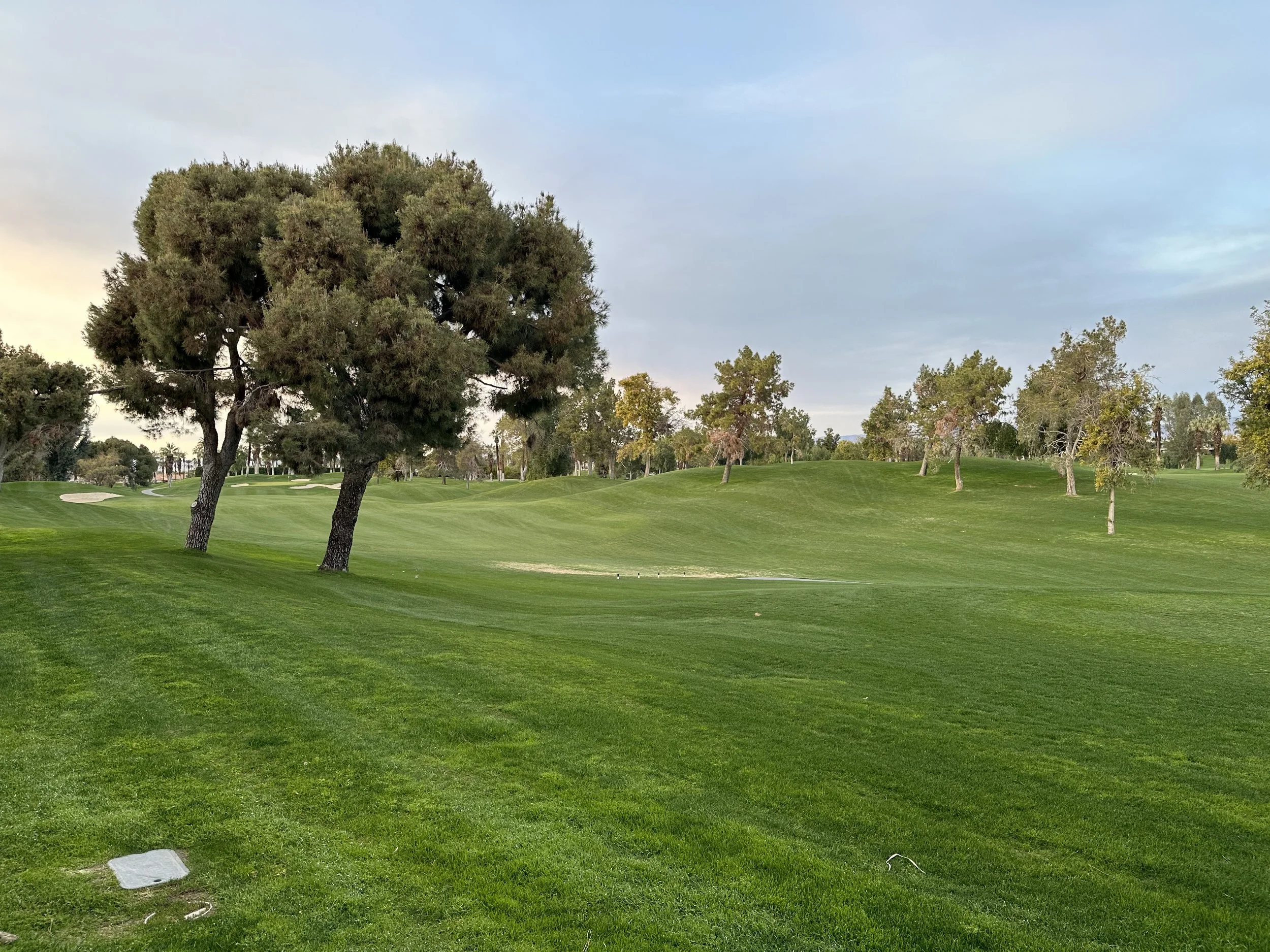This Week in Bridge
(467) Lead-Directing Doubles
© AiB Robert S. Todd
Level: 6 of 10 (2 of 6) robert@advinbridge.com
General
In bridge, doubles are a large subject and making a double can mean very different things based on the situation. Here, we will focus on doubles of artificial bids and discuss their general meaning and purpose – generally to be lead directing. As part of this discussion, we will also look at when making a double of an artificial bid is not lead directing and what other uses we have for it.
Defeat the Contract
Remember, when we make a lead-directing double, we need to make sure that we can defeat the contract we are doubling. The lower the contract we double, the more defense we need to have to ensure beating the contract. This defense can be the form of a great holding in the suit we are doubling or it can be just a decent holding in the suit we are doubling with more high-card points in the outside suits.
Example 1
When we double 2♣ Stayman, we will usually have a decent 5-card ♣ suit and some outside values as well – we and partner will need to be able to take 6 tricks to beat 2♣. If we only have a 4-card ♣ suit for doubling Stayman, our suit should be very strong and we should have a significant amount of extra values outside the ♣ suit.
Bids We Can Double as Lead Directing
The number of different places where making a double of an artificial bid asks partner to lead that suit is very high.
Stayman – Double usually shows a good 5+card ♣ suit.
Transfers (both Jacoby and Texas) – Doubling the lower level Jacoby Transfer requires a bit more defense.
Ace-Asking Responses (Blackwood, Keycard, or Gerber responses) – Doubles are all at high levels so less is needed to double these for lead direction.
New Minor Forcing – Double occurs at a relatively low level so we must have more defense to double this artificial call.
4th Suit Forcing - Double also occurs at a low level and we must have more defense to double this artificial call.
Doubles of Artificial Bids for Other Uses
There are some artificial calls where a double is not best used as lead directing. We must have special agreements with partner in these situations, but we will discuss here a few of the cases where double is best used in other ways and why.
Splinters
A double of a splinter bid when the opponents have a Major suit fit does not make much sense to use as lead directing, since the opponents have shortness (singleton or void) and a large fit, and they will be playing in a trump suit. Instead, a double of a splinter bid should suggest sacrificing in that suit, especially at favorable vulnerability.
Example 2
1♠ P 4♦* X
This double shows long ♦ and suggests that partner sacrifice in 5♦ with a ♦ fit.
Drury
Drury is a low-level response that shows a fit and a good hand with limit raise values. It is often used in auctions where the opening bidder has opened light in the third seat. So, instead of using a double of a Drury bid as a lead-directing double, it is more common to it use as a takeout double of the opponents’ fit – allowing our side to compete in the bidding at a low level when we have some values and shortness in the opponents’ suit.
Bergen Raise
Bergen Raises are another example of artificial bids that show a large fit, at least 9 cards. These bids are either a 3♣* or 3♦* bid at the 3-level that shows a raise of partner’s Major suit. When a Bergen raise shows limit raise values, it is unlikely that our side wants to compete in the bidding to the 3- or 4-level, so a double in this auction is best used as lead directing.
But when the opponents’ Bergen raise shows only constructive values, 6-9 points, we might want to compete in the bidding – they have a big fit, often so will we. In this case, a double of the Bergen raise is best used as a takeout double of the opponents’ fit, showing a good hand, shortness in the opponents’ Major suit, and a desire to compete in the bidding.
Conclusion
Keep in mind that lead-directing doubles are available when the opponents make an artificial bid. You should try to make one whenever you can. Partner should also keep an eye out for when you make lead-directing doubles, and just as importantly when you do not. If you had a chance to double an artificial bid and did not, then partner should probably look to lead something else unless they have a powerful holding in that suit. The negative inference about the fact that you did not make a lead-directing double is one of the most useful ways you can help partner make the right opening lead. So keep an eye out for when partner does and does not make use of the double card.

